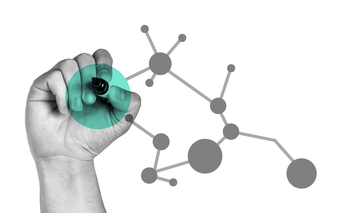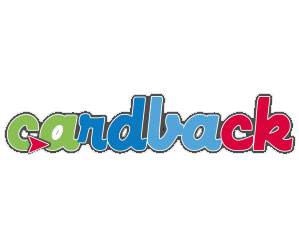Saikrishna Chavali posted the following question on my blog post about Data & UX being two ends of the product spectrum:
I’ve got a question: how did you understand the user when you were in the ad business? Did you ever meet real users? In PM theory, one is instructed to empathise with the user by actually “getting out of the office”.
Since it’s quite an important question, I thought I will take a shot at giving it a detailed point of view, and provoke some conversation.
While building the Ad Network at InMobi, we had 3 key stakeholders to take care of and deliver value to:
- Advertisers & Agencies – who had ad budgets, setup and ran the campaigns, and looked at reports & analytics to measure ROI of their ad spend
- Publishers & Developers – who had lots of traffic from mobile phones – mobile web, apps etc, and wanted to generate revenue by advertising
- Users – who were primarily using these mobile web sites and apps to get their work done, or for entertainment.
When Publishers or Developers say
I want to monetize traffic
they’re basically saying
I have users who use my sites and apps, and I want to make money from them, so that I can sustain my business, and grow it
As an ad network, you have business relationships with Advertisers, Agencies, Publishers & Developers. And as product offering, you build user interfaces and APIs for these people to use. So, by definition, you have to have ongoing dialogue with users from these customer segments. I believe products are for users, and have blogged earlier about it.
At the same time, an ad network makes money when the users (consumers) engage with the ads in some applicable manner – Viewing, Clicking, Playing etc. The effectiveness of the network is increased if we can understand the consumers well enough that we deliver the right kind of ad experiences to them in every context. That bodes the question
How do we understand the consumers effectively?
For a large part, we understand consumers from the data generated by them in our system. Ad businesses typically talk of metrics such as requests, impressions, clicks etc. If these metrics represent a user’s intent in some form, here is how they would play out.
- Ad Requests – “There’s some space in the screen, can you show me an ad that I might like and click on?”
- Clicks – “This ad seems really cool and helpful for me. I want to see what the product/service it is showing.”
- Play (a video) – “I am curious about what this video is, and hence going to watch it.”
- App Download – “I want this app.”
Remember, for every advertiser that wants to run a campaign on your network, the campaign will certainly reach a bunch of publishers (say 50 or thereabouts) who each have access to a few million users (say 1 million each). Assuming there’s a user overlap of about 50% (multiple publishers’ sites or apps being seen by a user), that’s an overall reach of 25Million users (50 x 1M x 50%).
Now, how many days or surveys or phone calls or chats will it take for you as the product manager, to be able to talk to 1% of this target user base?
Come to think of it, the Ad is really the “product” of the “Advertiser” that’s targeted at a “User”. On the other hand, the Advertising System / Interface is the product of the Ad Network for the Advertiser. So, in the strictest sense our loyalties should lie and stop with our customers (Advertisers, Publishers etc).
Clearly that’s not good enough, because the effectiveness of any advertising business is based on the consumers engaging with ads being shown by the advertising system. So, we have a clear objective to improve ad effectiveness with the consumers. Here’s how that gets done.
Let’s say there’s a campaign with 1 ad in it. When these campaigns get setup, and the ad starts getting served, pretty soon, the ad servers start computing answers for questions like
1. How many times did this user click an ad that was shown a few times
2. How many times did this ad get clicked when it was shown a few times, across many users
The first question gives you an indication of whether a particular user liked this ad or not.
The second question gives you an indication of the percentage of people that liked this ad, from the overall population of people who saw this ad – CTR for the ad.
With these two metrics you’re able start understanding if specific ads work for specific users or not. You then architect and instrument your systems to iterate on what ads to show a given user, based on the expected effectiveness of the ad for the given user. So, while on one hand you can design your systems for your customers, based on meaningful real world interactions with them, on the other hand you end up being highly data-driven and experiment-driven to design serving systems that deliver some kind of content to millions of users. No wonder folks with data+tech chops are in high demand among tech companies.
What do you think? What other experiences have you had?




